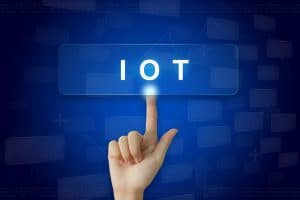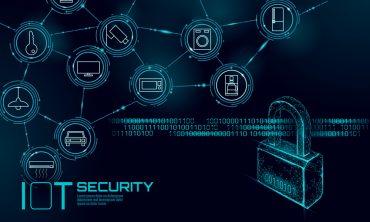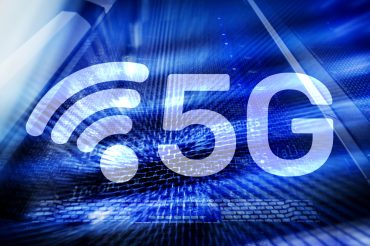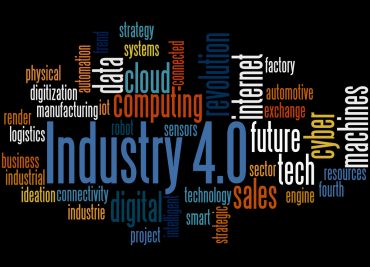
A shift to a subscription economy, in which businesses pay for usage, will happen in the next few years, benefiting the IoT market.
More Internet of Things devices were installed last year than total smartphones owned in the world, and installed units are expected to double from 31 billion currently to 75 billion in 2025.
That huge increase will push the IoT market to $1.3 trillion in value by 2026, according to Verified Market Research, at a 25 percent annual growth rate.
SEE ALSO: COVID-19 Means Businesses Must Learn a New Set of Rules Around Innovation
The introduction of 5G is expected to supercharge the adoption and proliferation of Industrial Internet of Things (IIoT) devices, as businesses utilize edge computing to improve latency and the volume of data.
“Apart from enhancing the automation of industrial operations and control, 5G-enabled IIoT devices can also minimize the complexity of supply chain networks and warehouse management, helping businesses to efficiently operate in dynamic business environments,” said Mogana Tashiani, Frost & Sullivan technical insights research analyst.
A shift from legacy systems and processes to a subscription economy, in which businesses pay for usage instead of controlling its entire operation, is also seen as a key shift that will happen in the next few years, benefiting the IoT market.
The COVID-19 pandemic is another major driver for IoT adoption, as businesses tried to tackle social distancing requirements, many simply switched to automated or remote monitoring solutions. Even though some businesses may revert back to the old ways, many anticipate keeping them after the pandemic.
“COVID-19 is exposing a litany of challenges for manufacturers that highlight how important unlocking data and digital industrial innovation is to the industry’s future,” said James Destro, general manager at Hitachi Vantara.
Several major technology firms have retrofitted their IoT portfolio to fit with the coronavirus pandemic, as well as launching AI-embedded thermal scanners, robots, and cameras to ensure office workers maintain social distancing measures.







